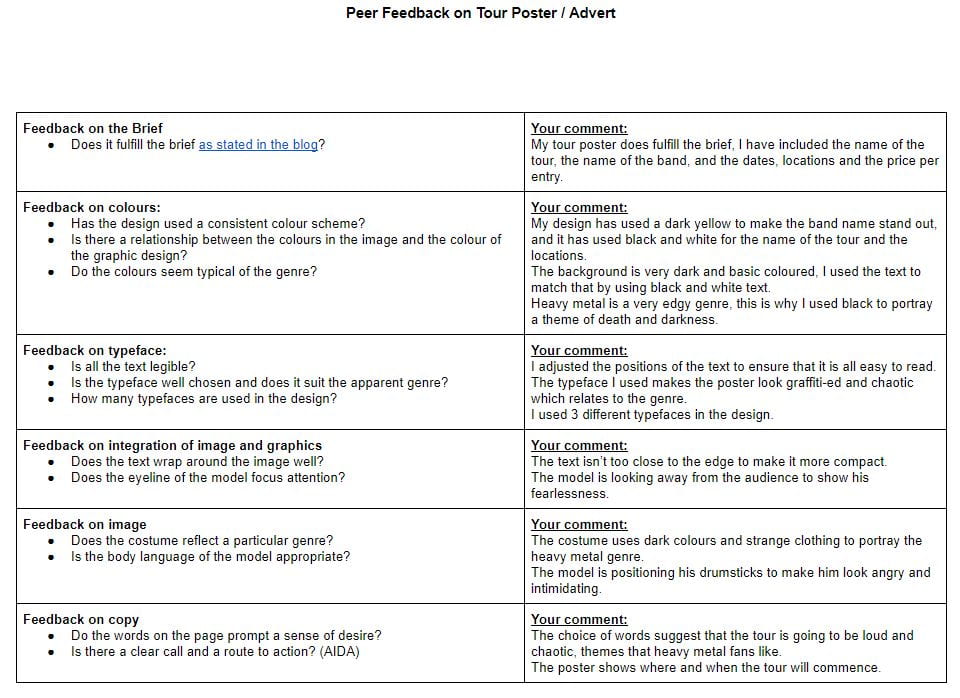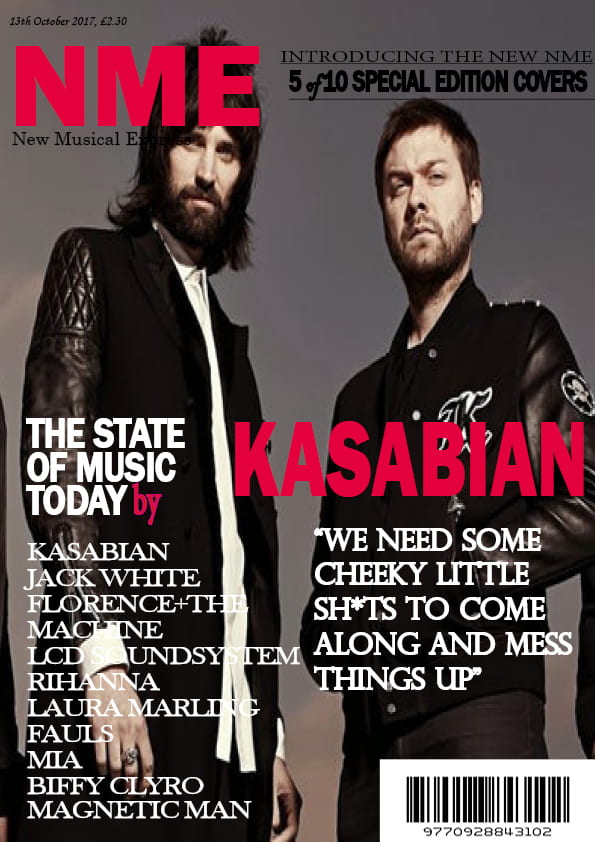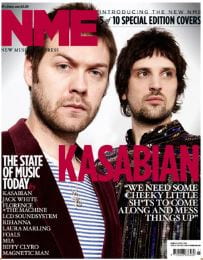Masthead Designs
Today we were planning what fonts and colors we could use for our mastheads. I researched fonts online using ‘what the font’ and ‘dafont’. I tried to find a few fonts on indesign to save me the trouble of downloading them online.
I tried using a range of colors to see which would suit my front cover best, based on the outfit I have in mind for my model.
The font on the top is very graffiti-like, I like this font as it gives a lot of meaning, however I do not think this will suit my genre, and I don’t think it is what my audience will decode.
I really like the second font, it has the modern texture and it is very bold and presentable. Based on other dance magazine covers, it is and ideal font to use as it is what my audience will be attracted to, it gives that modern vibe to the magazine which is what my audience will be looking for and will most likely sell the product.
The next font for me is very bland and basic, it is more of a font that you would see on a comic book, I won’t be using this font as it is not very wild or energetic like my audience.
For the next font I tried using different colors to change the mood of it but it is simply too boring for what I want to create.
This next font I thought was very unique and flashy, but the only problem with this font is that some letters can be quite difficult to decipher.
For this final font I looked back at the NME magazine which I recreated, I thought this font would represent my model as above everyone else, however this could give an arrogant impression, suggesting my model has some sort of god complex.
















